HOW TO WRITE A NETFLIX WORTHY K-DRAMA:Here are 5 elements you shouldn't miss
- byTolulope Ayileka
- 1 year ago
- 0 Comments
- 7mins

Hi, Chingu!
Ever watched a K-drama and you're like “I can totally write that”? Or fantasized an entire 12 to 20 one-hour-episode K-drama in your head and it totally made sense?
Well, welcome to the club cause that's a regular Tuesday for us here. Excuse me, Park Ji-eun who?
As an avid K-drama fan, it is safe to say that the art of K-dramas has transformed over the years with script writers adopting more diverse genres and styles of storytelling than before.
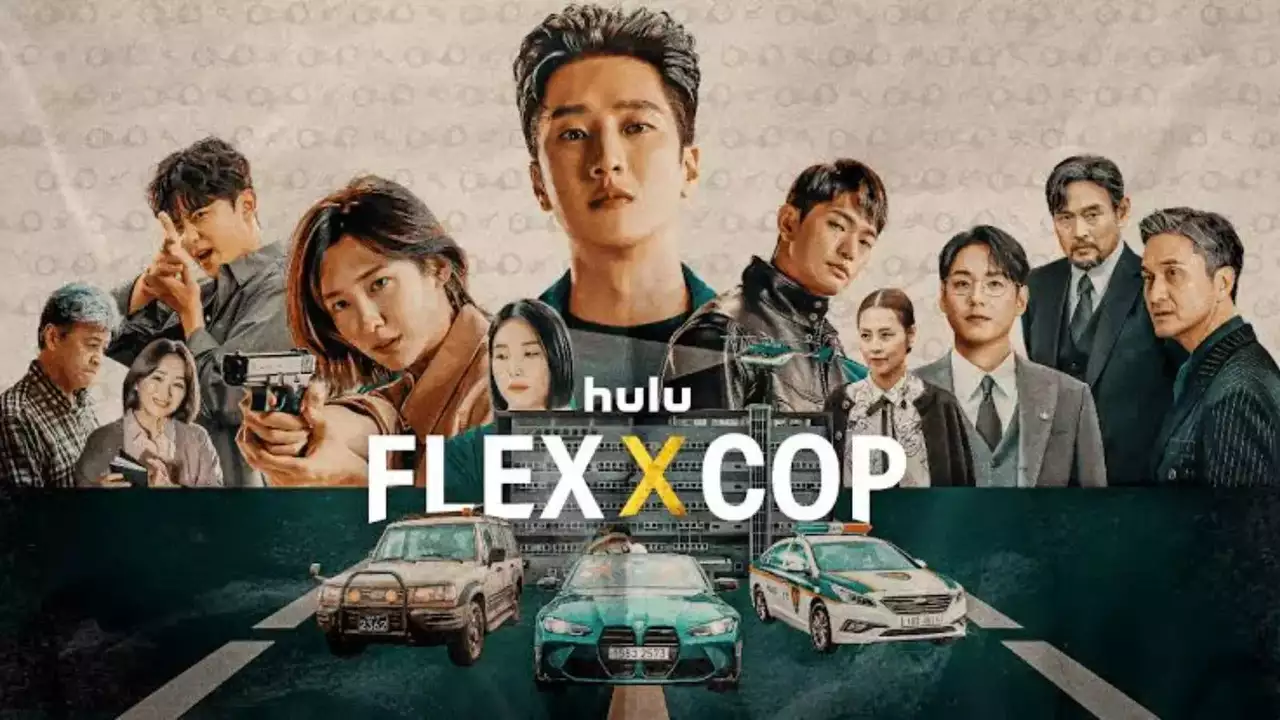
Usually, k-dramas were either a tragic love story or an epic traditional re-enactment with the right amount of spice between the king and his toxic-always complaining scholar squad but thanks to the Hallyu wave, we have so many genres to choose from ranging across medical dramas, law, comedy, military, musicals, fantasy as well as sci-fi.
Recently, a drama called Chicken Nugget was released. It is about a lady who was mistakenly transformed into a chicken nugget and the comical journey of turning her back to human. So yeah, k-dramas are now all sorts of crazy with a dash of what-the-heck because even comedy is no longer normal.
To create your own Baksaeng award-winning K-drama of the century and flex them on Netflix, here are 5 major elements your plot should have.
Theme (Cinderella Story/Macho-James bond)
The overall theme of the drama should either be a Cinderella (save me hot chaebol prince) story or a Macho James Bond theme. If you choose to go with the Cinderella storyline, it can come in two variants such as poor girl - rich boy, poor boy - rich girl. We rarely see rich girl - rich boy because that’s not as romantic and we are suckers for a proper Disney Cinderella romance. A good example of the classic Cinderella story is Queen of Tears and King the Land.
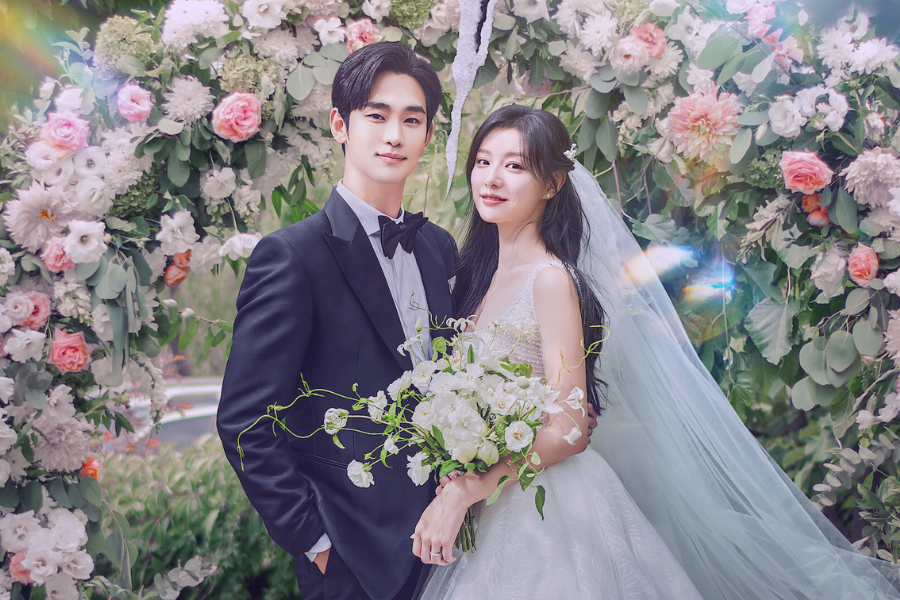
Then, we have the macho-theme. This is mostly used in revenge, law, military, and espionage dramas. This theme is majorly made up of exchanging fast punches in well-choreographed fight scenes, exposing the bad guy, beating the evil out of him and his gang, and a little present called “Bromance”. Dramas like Taxi Driver, Vicenzo, Flex x Cop, and Bad & Crazy fall under this theme.
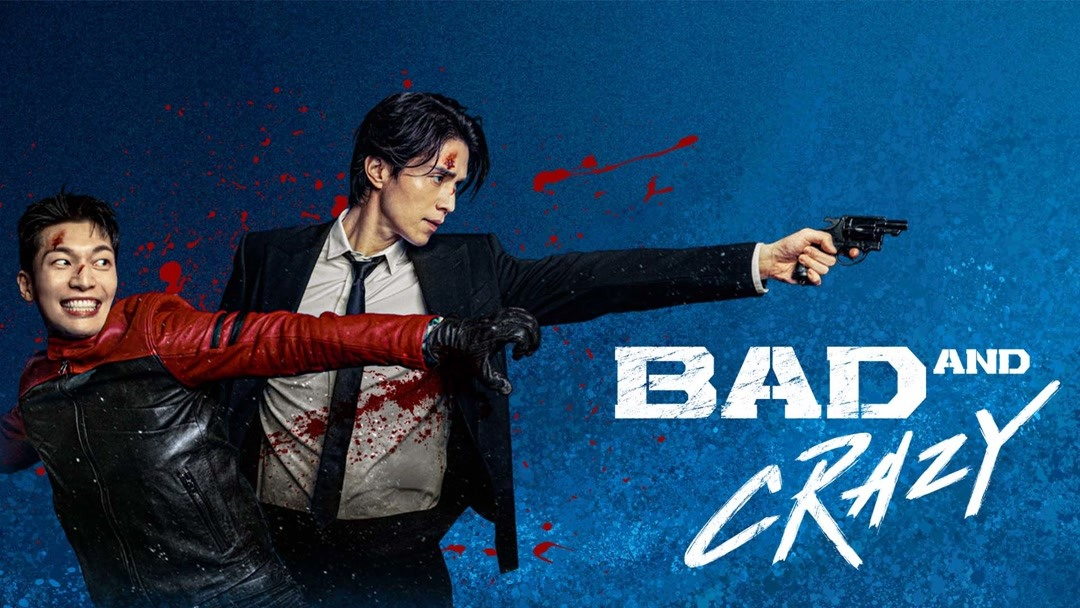
Kindly note that these themes may sometimes get mixed up with each other. That is, we can have a Cinderella story with a Macho theme or a Macho story that saves the day, Cinderella-style but only one of them is dominant in the drama.
Deep Childhood Connections
This is very important in the plot progression of the drama. The main leads must have a deep childhood connection; meaning they must have come across each other when they were kids.

Why, you ask? Well, how else are they supposed to know that they are soul mates if they never met as kids? Usually, one of them either saves the other from a major life-threatening accident and then grows up to forget the other's face or both were best friends until one of them is sent abroad to study. This childhood connection can span from kindergarten up to high school so take your pick and send them off to the Mee-guk.
Trauma! Trauma!! Trauma!!!
Insomnia, periodic nightmares, phobias of many kinds, ladies and gentlemen, we have the classic trauma. It is a necessary ingredient that pulls the main characters together and makes them trust, support, and be there for one another.
The trauma could be from a childhood event involving both or one of them; we are not picky in this scenario. It could be a major accident, witnessing the death of a loved one (usually parents or elder siblings), or witnessing a murder or kidnapping. Symptoms range from nightmares, hyper-ventilating, phobias, falling sick, and occasional passing out. (This bit is reserved for the ladies because how else is he going to carry her in his arms and speed over to the hospital?)
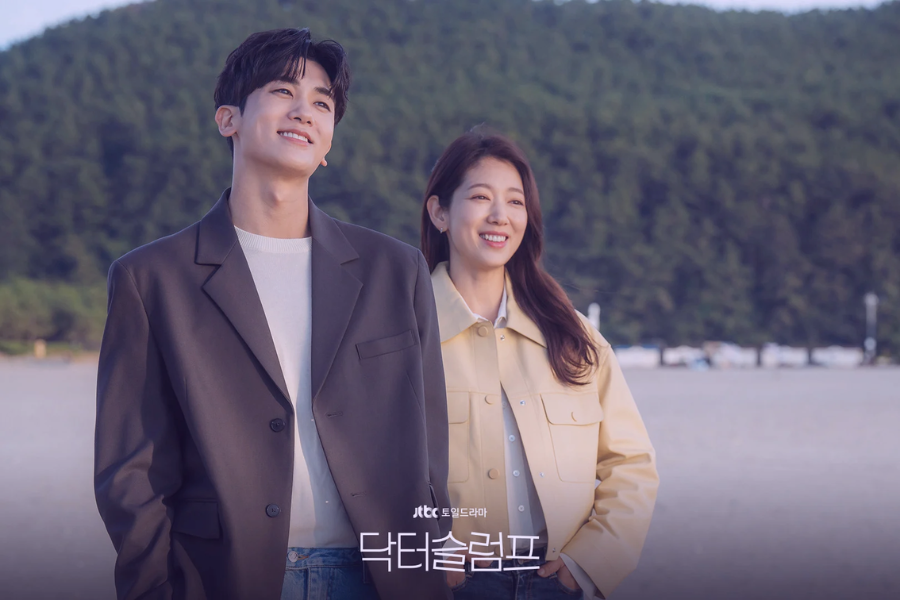
The trauma can also be work-related and recent like in “Doctor Slump” because recent or not, that doesn’t stop the trauma from taking full psychological effect. The main idea is they overcome the trauma together and it blooms their love and bond. (We love love)
Second Lead Oppa we stan
No K-drama script is complete without a second lead oppa with an unrequited love for the female lead. The second lead oppa is a mechanism used by K-drama writers to make us advocate for double dating because why would you do such evil by placing a hot, well-built, and sexy guy next to the couple and make us question the multiverse with the question “WHAT IF?”
The 2nd lead oppa may take any of the following forms: ex-boyfriend, former crush, best friend since childhood, an elder brother figure, or a glaring red flag doubling as the main antagonist.
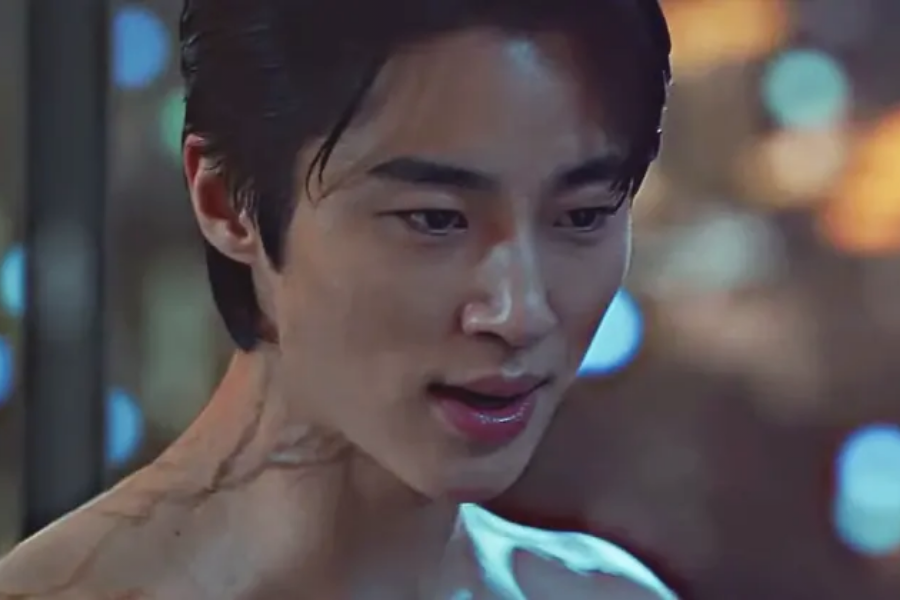
I mean, he's a red flag but he gives major zaddy vibes so we give him a 10/10 pass because we are color-blind and love our oppas toxic and hot.
Jigsaw Mystery
Moving away from the lovey-dovey stuff, no K-drama is complete without a jigsaw puzzle central mystery waiting to be solved.
It could be murder, corruption, a serial killer on a revenge killing spree, a major business take-over or a narcissistic maniac serial killer just having fun. I know I said serial killers twice but K-dramas with them are more juicy and dicey. This can be found in dramas such as Death’s Game, Marry My Husband, The Glory, and Big Mouse.

Now, you have all the major ingredients to make a perfectly well-fermented K-drama script. Let’s hit 50% of viewers’ ratings.
Can you identify dramas that have any of the elements mentioned above? You can share them with us in the comments section
Till later, Happy Writing!
Tags:
Tolulope Ayileka
Tioluwa is a lover of all things good story telling and adventure, so it's no surprise she's officially hooked to all things Korean. She believes learning and having fun is synonymous and prides herself a K-drama guru. From Korean lifestyle to history, she's all over it like sauce on kimchi.
0 Comment(s)
Related Posts
Daily Newsletter
Get all the top stories from Blogs to keep track.
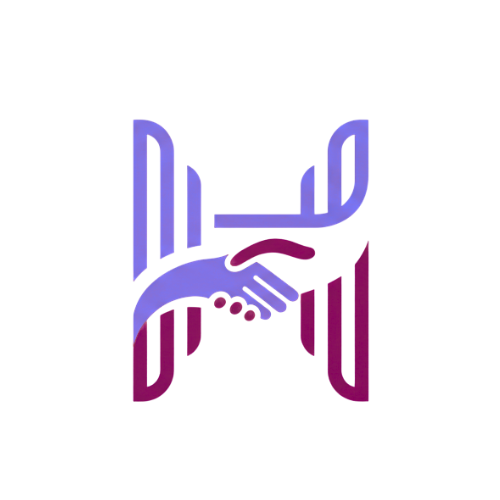
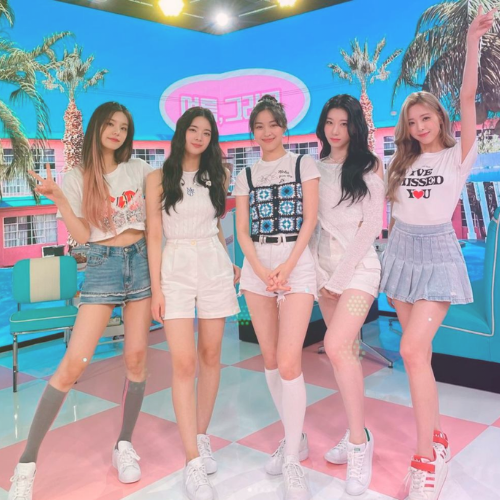



Leave a comment